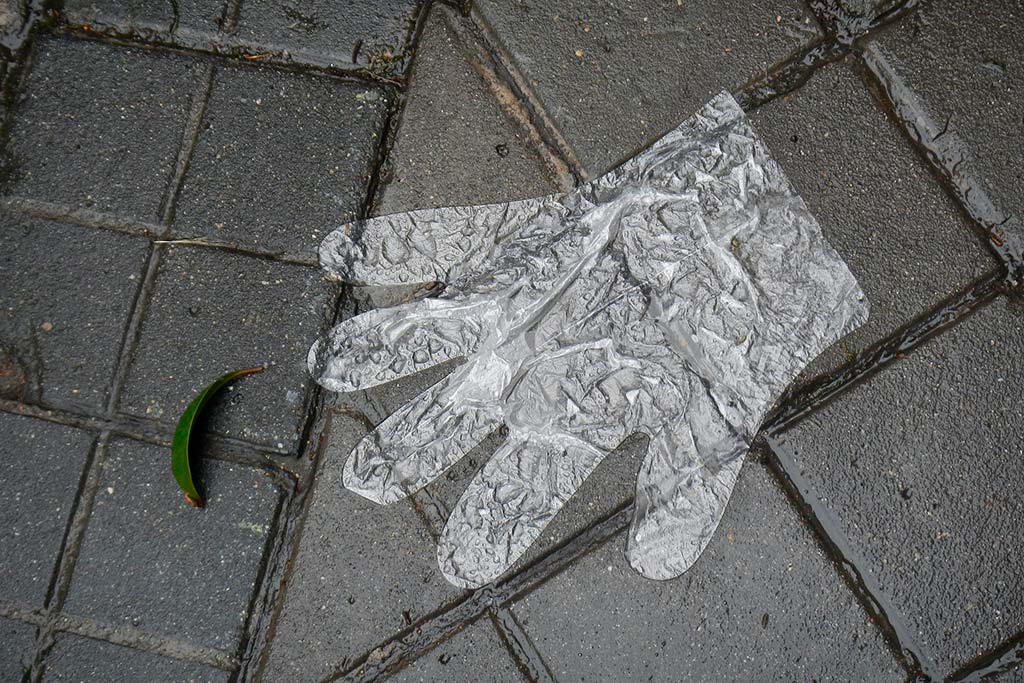
The COVID-19 toll in Spain is one of the highest in the world –more than 217,000 diagnosed cases, around 20% of them frontline health workers in hospitals and care homes and some 2,000 military personnel, and over 25,000 deaths. Now that the trend is finally downward, the government is beginning to ease some of the restrictions under a gradual exit from one of the strictest lockdowns imposed on 14 March.
Last month the fragile leftist minority coalition government allowed construction and factory workers to go back to work and children out for short walk for the first time in six weeks, and now it has launched a four-phase plan under which the country could asymmetrically return to some kind of normality by the end of June if there is no resurgence of the coronavirus.
The roadmap out of lockdown is as follows:
- Phase 0. People can go out for walks at different times and small businesses including hairdressers can open if they offer appointments and protection measures. Wearing face masks on public transport is obligatory.
- Phase 1. As of 11 May, travel within provinces that meet the requirements will be allowed. Sidewalk cafés can open, but only at 50% of their capacity, and also hotels to a limited extent, but no common areas will be available for guests.
- Phase 2. As of 25 May, people will be allowed inside bars and restaurants, with a limit of 30% of capacity. The same goes for cinemas, theatres, and auditoriums.
- Phase 3. As of 8 June, there will be a reduction in capacity restrictions in hostelry, but the public will have to remain separated. Travel between provinces will be allowed but only if they are in the same situation. Beaches could re-open but with social distancing measures.
Each of the 50 provinces, not each of the 17 regions, will relax restrictions at a different pace, depending on infection rates, hospital capacity and compliance with distancing and protection measures. Seven of the regions are already in a better starting position than the 10 others.
Opposition MPs, however, are not happy with the plan and are threatening to withhold support on Wednesday for the next extension by parliament of the lockdown. Parliament, in which 16 parties are represented, has become much more fragmented and polarized in the last five years, particularly with the entry into it of the far-right VOX and the radical left Unidas Podemos. VOX is encouraging people not to continue applauding health workers at 8pm every day and instead bang pots and pans at the same time as a form of protest against the government.
Unlike in other EU countries, where the political class has generally rallied round, almost all the opposition in Spain has been merciless in attacking the government, accusing it of incompetence, a lack of transparency and not consulting with it, charges that can be layed against most governments handling COVID-19 but made much more aggressively in Spain.
Furthermore, the Catalan government is using the crisis as a new reason for independence, arguing that there would have been fewer deaths had the region, one of the worst hit, seceded from Spain.
What will the ‘new normality’ look like in Spain, a country facing what Prime Minister Pedro Sánchez terms an ‘extraordinary’ recession? Economic output could shrink by as much as 12.4% in a worst-case-scenario, more than that between 2009 and 2013, following the global financial crisis and the bursting of Spain’s gigantic property bubble. That period now looks like a mere blip.
Tourism, a keystone of the economy (12% of GDP and 13% of jobs, directly, and a record 83.7 million foreign visitors in 2019), has ground to a halt. The peak period runs from Easter Week until September: in that time last year 58.5 million tourists spent more than €64 billion. With airlines grounded, including Iberia, carefree travel is a long way off. Exceltur estimates the sector will lose more than €120 billion this year, 80% of its 2019 income. May is also the main month for most of the more than 200,000 first communions, with families spending €9,000 on average, often through bank loans. That business has been decimated.
Yet again Spain will have to get used to living with an inordinate number of unemployed, as it did during the so called Great Recession. The latest stated jobless rate (14.4% in the first quarter, up from 13.8% at the end of 2019) only revealed the tip of the iceberg, as by the time the country went into lockdown most of the household surveys on which the figure is based had already been carried out. The Bank of Spain forecasts unemployment reaching 21.7% this year.
Grandparents played an important role in financially helping unemployed members of their families in the last crisis, but this time it is the elderly who have been hit the hardest.
The demographic impact could be significant. Couples are likely to put off having a child or a bigger family because of financial insecurity, reducing further Spain’s already very low fertility rate (1.3 children, below the generational replacement rate of 2.1). For the past five years there have been more deaths than births in Spain; this year the decline in the natural population will be the highest since records began in 1941.
Children born to immigrants have prevented the fertility rate from falling further (2.8 in 1970), but that could also change as their financial situation is even more precarious. Migration, legal or otherwise, is also falling and reversing the situation since 2015 when Spain became a net recipient of immigrants again as the economy began to improve. In a sign of the strange world we now live in, around 100 Moroccans, who had crossed the Strait of Gibraltar illegally, returned by the same route in March, fleeing COVID-19.
In education, class sizes will have to be reduced when children and university students return in September. There will not, however, be the woefully large number of students at school repeating a course, to the relief of parents, as the Education Ministry has recommended that all students should automatically go through to the next year, except in certain circumstances. In 2018, 29% of 15-year-olds repeated a course compared to an EU average of 13%.
Judging by the number of fines issued for breaking the confinement (more than 740,000), a sizeable proportion of Spaniards, true to their gregarious nature and love of street life, have found it difficult to respect the lockdown. Two-thirds of the population live in flats (far higher than the EU average of 42%), many of them small with relief provided by owning second homes in villages or on the coast (27% of families, one of the highest rates in the world, according the Bank of Spain).
Many things are going to change. Not until there is a drug to treat COVID-19, or when almost everyone has been vaccinated against coronavirus, will social life return to normal. Economic normality will take several years.
Sadly, one thing that is not going to change is the ugly political climate.


